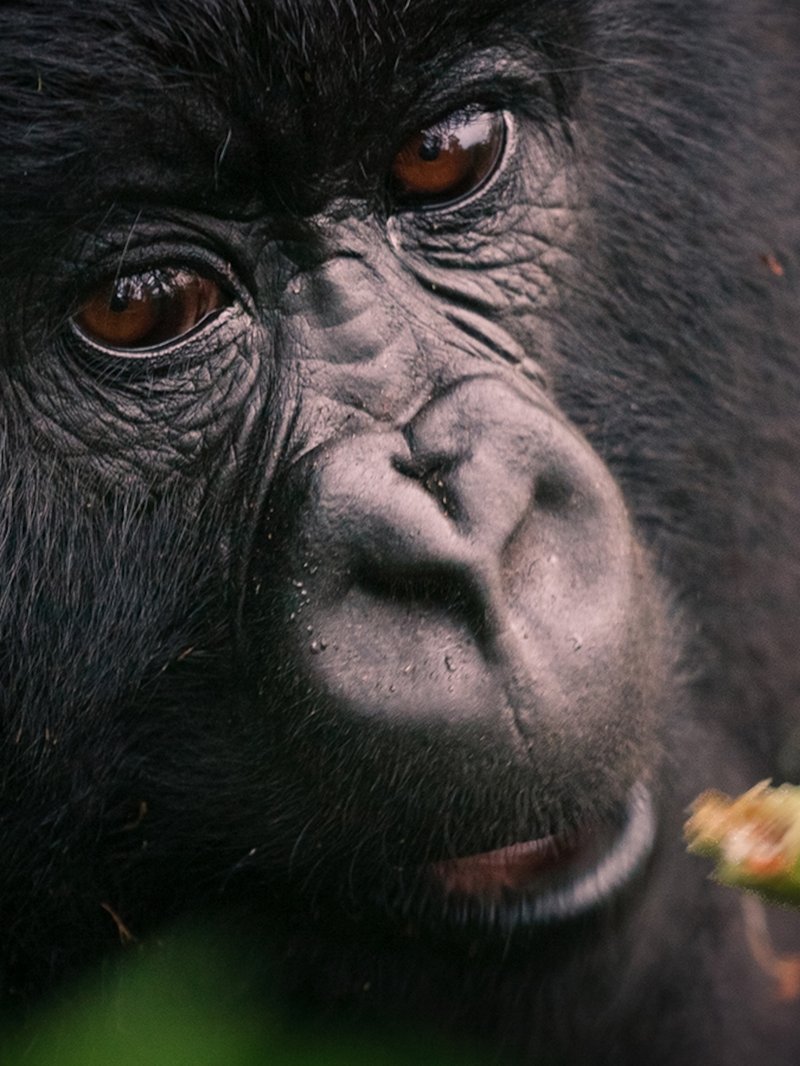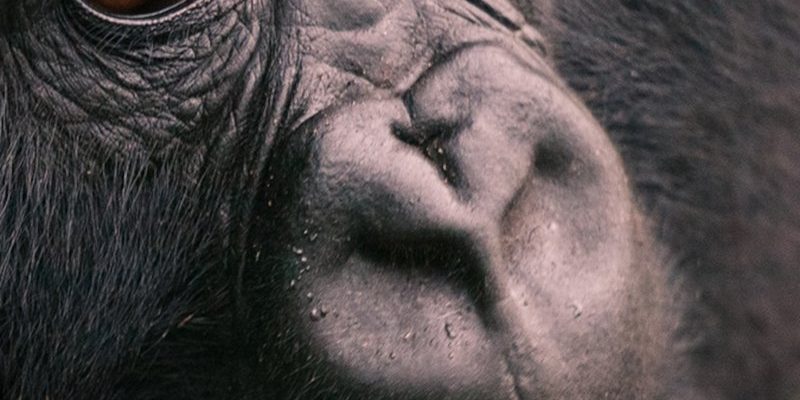
In their natural habitats, Western gorillas deal with everything from the unrelenting humidity of the tropical forests to the scarce food sources during dry seasons. Understanding how they adapt to these harsh conditions is fascinating and crucial for their conservation. Let’s take a closer look at the astonishing survival strategies of these magnificent primates.
Understanding Their Habitat
Western gorillas primarily inhabit the rainforests of Central Africa, spanning countries like Cameroon, Gabon, and the Republic of Congo. These dense forests can be both a blessing and a challenge. While they offer plenty of food and shelter, the thick vegetation makes it tough for gorillas to navigate and find each other.
Here’s the thing: these gorillas have adapted to their environment in ways that are quite remarkable. For example, they often create trails through the underbrush, helping them move more easily between feeding grounds. This behavior not only aids their mobility but also creates paths that other animals might follow, showcasing the gorillas’ role as ecosystem engineers.
Additionally, their habitat fluctuates with the seasons. During wetter months, the forest thrives with abundant food. However, during dry spells, food can become scarce, forcing gorillas to travel further in search of sustenance. Their ability to adapt to these changes is a testament to their resilience as a species.
Dietary Adaptations
When it comes to survival, what you eat is crucial. Western gorillas are primarily herbivores, munching on a variety of leaves, stems, fruits, and flowers. They have a remarkably diverse diet, which is vital for thriving in changing environments. Imagine dining at an all-you-can-eat buffet that changes every season—that’s what life is like for them!
To survive during tough times, gorillas have developed specific feeding strategies. They often forage for food in the underbrush, selectively choosing leaves that are rich in nutrients. Gorillas also eat fruits when they are in season, making the most of their availability. Interestingly, they can travel over 1.5 kilometers in search of food, showcasing their strong foraging instincts.
You might be wondering how they know what to eat. Gorillas rely on their incredible sense of smell and memory. They remember where they found the best food in the past and return to those spots when the time is right. This ability to adapt their diet based on seasonal availability is key to their survival.
Social Structure and Group Dynamics
The social structure of Western gorillas plays a significant role in their survival. They live in groups, known as troops, which typically consist of a dominant male, several females, and their young. This social structure contributes to their success in harsh environments in various ways.
Firstly, living in a group offers protection against predators like leopards. The strength of numbers acts as a deterrent, making it less likely for a solitary gorilla to fall victim to attacks. Plus, younger gorillas learn essential survival skills from older members of the troop, ensuring that knowledge is passed down through generations.
Here’s a neat tidbit: when food is scarce, these social animals work together to find it. They communicate with each other through a range of vocalizations and gestures, helping them coordinate their foraging efforts. This collaboration not only increases their chances of finding food but also reinforces social bonds within the group.
Weathering the Elements
Living in a tropical rainforest means that Western gorillas face a variety of weather conditions, from torrential rains to scorching sun. They’ve developed clever strategies to cope with these challenges. For instance, during heavy rains, gorillas often seek shelter under the thick foliage of trees. These natural canopies act as umbrellas, providing protection from the downpour.
Moreover, they have thick fur that helps insulate them against both the heat and the cold. Interestingly, their bodies are designed to handle humidity. They can sweat, but they do so less than humans. Instead, they rely on behavioral adaptations, like resting in shaded areas during the hottest part of the day to avoid overheating.
During dry seasons, when food sources are limited, gorillas show remarkable resilience. They can go several days without eating, conserving energy until the rains return and new greens begin to thrive. This ability to endure tough conditions gives them a better shot at survival when resources are low.
Dealing with Human Impact
Sadly, Western gorillas also face significant challenges from human activity, such as habitat destruction and poaching. Logging, agriculture, and urban development encroach on their forests, reducing their living space and food sources. Here’s where their adaptability is truly tested.
Conservation efforts are essential to help Western gorillas cope with these pressures. For instance, local communities are being educated about the importance of preserving gorilla habitats. By involving people in conservation strategies, we can ensure that these incredible creatures have a fighting chance.
Protecting their natural environments also means creating reserves where gorillas can roam freely, away from human interference. This way, they can continue to adapt and survive in their harsh environments.
Conservation Efforts and Future Outlook
Looking ahead, the future of Western gorillas depends heavily on our actions today. Conservation organizations are working tirelessly to protect their habitats and raise awareness about the threats they face. Initiatives like anti-poaching patrols and habitat restoration are vital for ensuring these magnificent animals have a future.
Additionally, scientific research is crucial. By studying gorilla behavior and health, scientists can develop targeted conservation strategies. This ongoing research helps us understand how best to support these animals in their natural habitats.
Ultimately, saving Western gorillas means preserving the rich biodiversity of their ecosystems. They’re not just important for their species; they contribute to the health of the entire rainforest. Protecting them is about ensuring a balanced and thriving environment for all.
In conclusion, Western gorillas are remarkable creatures that demonstrate resilience and adaptability in the face of adversity. From their complex social structures to their dietary habits and coping mechanisms against the elements, they have honed their survival skills over thousands of years. Understanding how these gorillas navigate their harsh environments can inspire us to take action and protect these incredible animals for generations to come.

